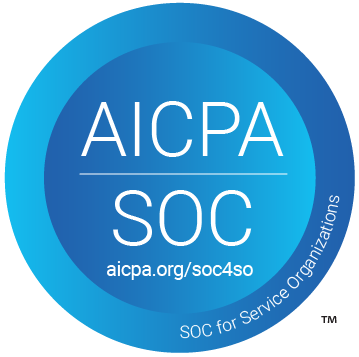Learn how to seamlessly integrate Elementor with ClickUp using Pabbly Connect. Follow this detailed tutorial for a smooth automation experience. Explore systematic approaches to creating efficient automation solutions that convert technical concepts into practical, implementable instructions.
Watch Step By Step Video Tutorial Below
1. Accessing Pabbly Connect for Integration
To begin the integration process, you need to access Pabbly Connect. Start by visiting the Pabbly Connect website and signing in to your account. If you are a new user, you can sign up for free, which allows you to get 100 free tasks each month.
Once logged in, you will see the dashboard displaying various Pabbly applications. From here, click on ‘Access Now’ under Pabbly Connect to enter the main dashboard where you can create your workflow.
2. Creating a Workflow in Pabbly Connect
In Pabbly Connect, creating a workflow is essential for automation. Click on the ‘Create Workflow’ button located in the top right corner. A dialog box will appear prompting you to enter a name for your workflow.
- Name your workflow something descriptive, such as ‘Create ClickUp Task on Elementor Form Submission’.
- Select a folder to save your workflow, like ‘Elementor Automations’.
After entering your workflow name and selecting a folder, click on the ‘Create’ button to establish your workflow. The new workflow will now be ready for setting up triggers and actions.
3. Setting Up the Trigger in Pabbly Connect
The next step in Pabbly Connect is to set up the trigger. For this integration, select ‘Elementor’ as the trigger application. This is crucial as it allows the automation to initiate when a customer submits a form created with Elementor.
Choose the trigger event as ‘New Form Submission’. Once selected, Pabbly Connect will generate a unique webhook URL. Copy this URL as it will be used to connect Elementor to Pabbly Connect.
4. Connecting Elementor to Pabbly Connect
To connect Elementor to Pabbly Connect, go to the Elementor form you’ve created on your website. Click on the form field and navigate to the ‘Actions After Submit’ section. Here, click on the plus button to add an action.
- Search for ‘Webhook’ and select it.
- Paste the webhook URL you copied from Pabbly Connect.
After pasting the URL, click on the ‘Update’ button to save your changes. This step ensures that every form submission in Elementor will send data to Pabbly Connect, allowing it to capture the response.
5. Creating a Task in ClickUp via Pabbly Connect
Now that Elementor is connected to Pabbly Connect, it’s time to set up the action that will create a task in ClickUp. For the action application, select ‘ClickUp’ and choose ‘Create Task with Custom Fields’ as the action event.
You’ll need to connect ClickUp to Pabbly Connect by entering your API token. Follow the steps provided in the help desk to retrieve your API token from ClickUp. Once connected, select your workspace, folder, and list where the task will be created.
Map the fields from the previous step, such as customer name, email, and product details, to ensure the task is created with all necessary information. Finally, click on ‘Save and Send Test Request’ to complete the setup. Check your ClickUp account to confirm the task was created successfully.
Conclusion
This tutorial demonstrated how to integrate Elementor with ClickUp using Pabbly Connect. By automating the task creation process, you can enhance your workflow efficiency and improve customer response times. With Pabbly Connect, integrating various applications becomes seamless and effective.
Ensure you check out Pabbly Connect to create business automation workflows and reduce manual tasks. Pabbly Connect currently offer integration with 2,000+ applications.
- Check out Pabbly Connect – Automate your business workflows effortlessly!
- Sign Up Free – Start your journey with ease!
- 10,000+ Video Tutorials – Learn step by step!
- Join Pabbly Facebook Group – Connect with 21,000+ like minded people!






